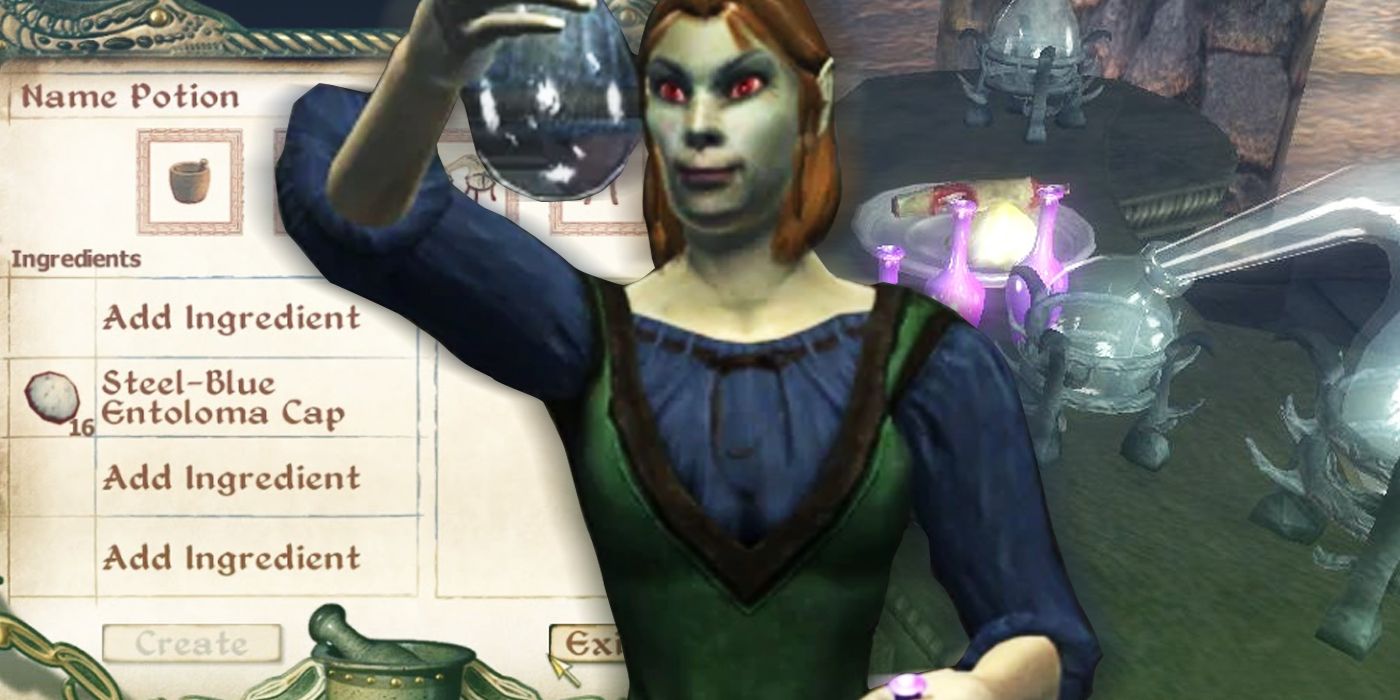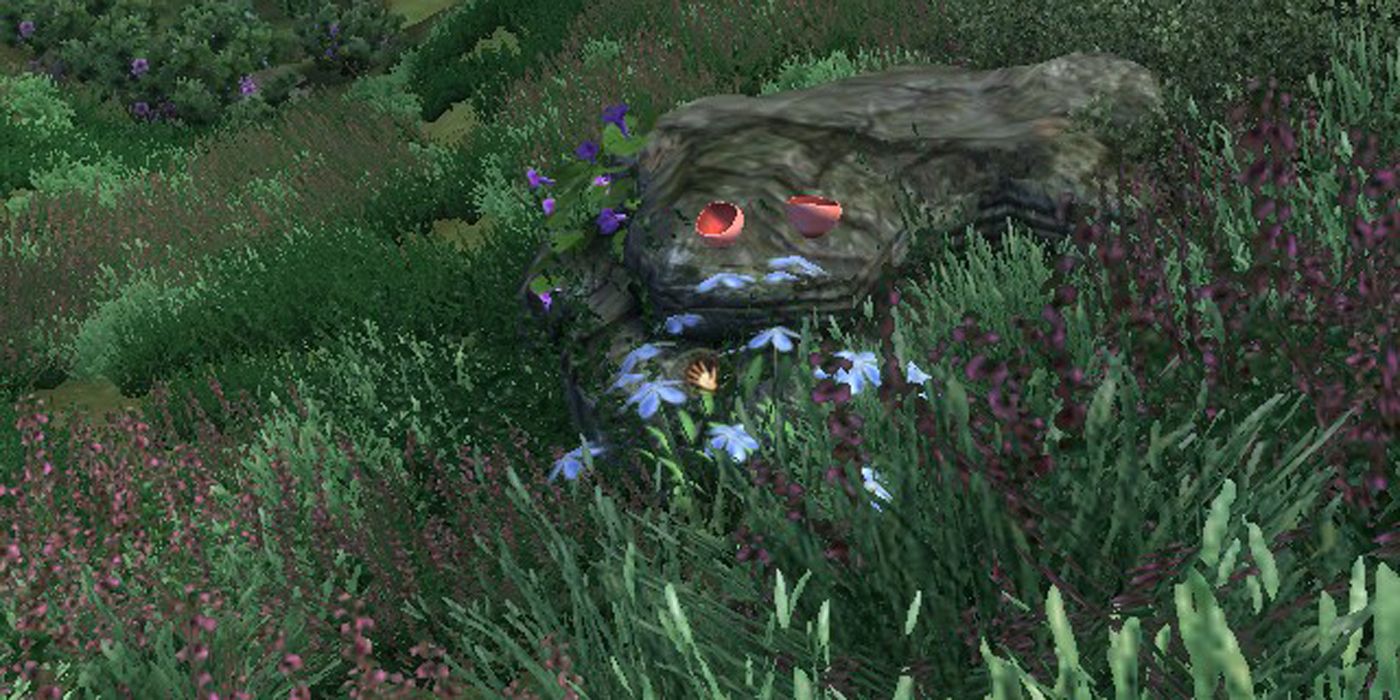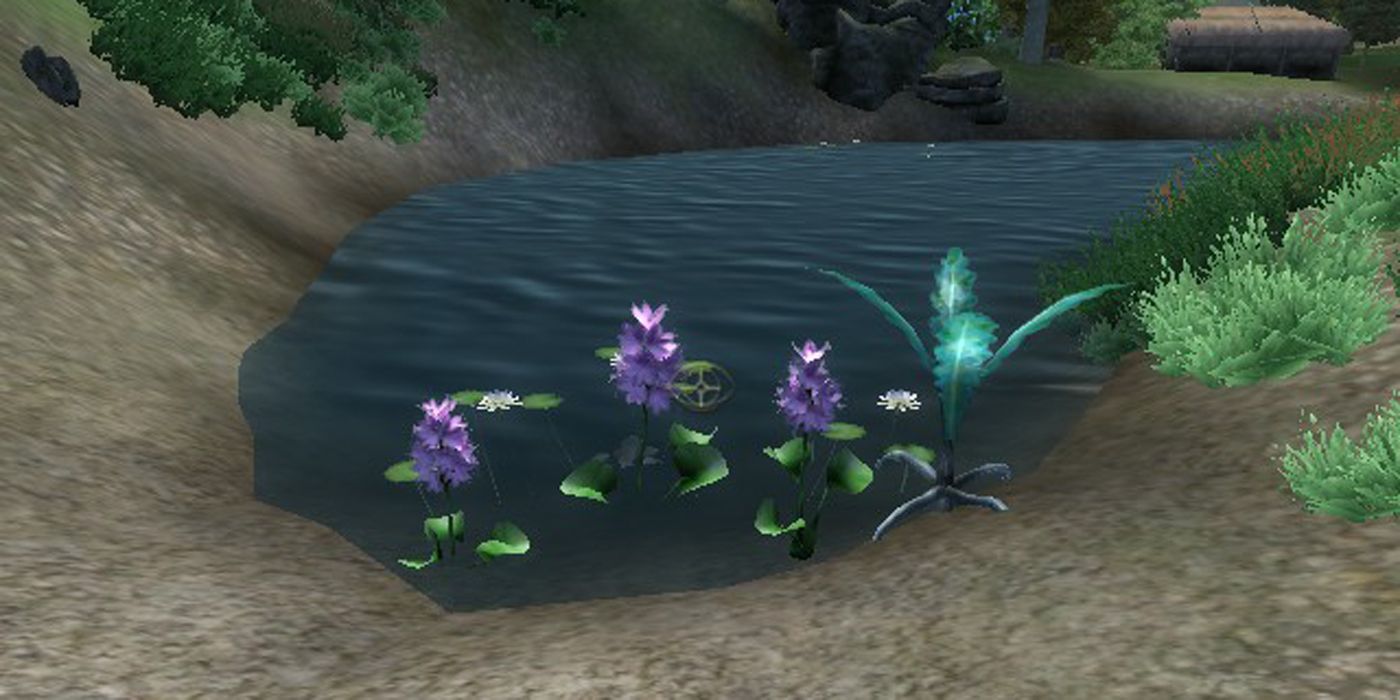
Despite releasing in 2006, Bethesda's Elder Scrolls IV: Oblivion has impressive graphics on top of a skill system that encourages players to continually return to the game. Whether it's boosting an offensive skill on mud crabs along the shores near Anvil or talking to everyone in the Imperial City to increase Speechcraft, it's effortless to return to the game with the intent to boost a skill a few levels and find that several hours have passed.
The Alchemy skill takes this and adds the addictive and rewarding feedback loop of collecting and crafting. Unlike many other skills, Alchemy takes the items you can collect and turns these items into potions that can improve or heal the player or poison weapons during a fight. It’s a skill that benefits so many playstyles and is very easy to pick up as it plays off and is rewarded by both battles and standard collecting. Alchemy ingredients grow everywhere in Cyrodiil--and unintentionally offer real-life applications.

This isn't saying that you can learn how to make magic potions that lighten carry loads or fortify your personality in real life. Rather, the plants used in Alchemy are modeled after real-life plants. Except for a handful of game-only plants (and one remodel of an existing mushroom), every plant in Oblivion not only resembles their real-life counterparts, but the items harvested from said plants are those used in herbal and holistic remedies. To give an example found nearly all over Cyrodiil, Flax gives up Flax Seed when harvested--which is the part of the plant which in real life is harvested for its health benefits.
What is also notable is that, for the most part, these plants also grow in Cyrodiil, where they can be expected to be found in real life. While Aloe Vera is generally found in drier climes than found in Cyrodiil, Lotus and Water Hyacinth grow in the water. Mushrooms abound in shady, cool areas. Lavender can be found around rocks on the slopes near the Gold Coast--the sort of place they can be found in the wild. Goldenrod--and other plants that in real life prefer open arid areas--can also be found on the ironically drier Gold Coast.

This educational aspect is surprisingly subtle. Yes, the crop plants such as corn and tomatoes are rendered realistically and would be the plants the average player could identify right away. But as for the rest, them being similar to their real-life counterparts might come as a surprise--few people might expect that Steel-Blue Entoloma really is that blue. Most people wouldn't be aware of this unless they were interested in plants or their healing benefits.
And yet, the game still subtly teaches people that these plants are desirable. They're distinctive from the rest of the flora in-game, and even the ingredients on their own have use (nibbling on Flax Seeds helps to restore Magicka, for example). The player quickly learns to check out these plants when they spot them, as they learn that these plants are useful in-game. Players who spot locations they know grow these plants will be encouraged to make the detour--reinforcing that certain plants are found in certain biomes. That the game also subtly teaches the player about these plants that are also useful in real life is an unseen bonus.
0 Comments